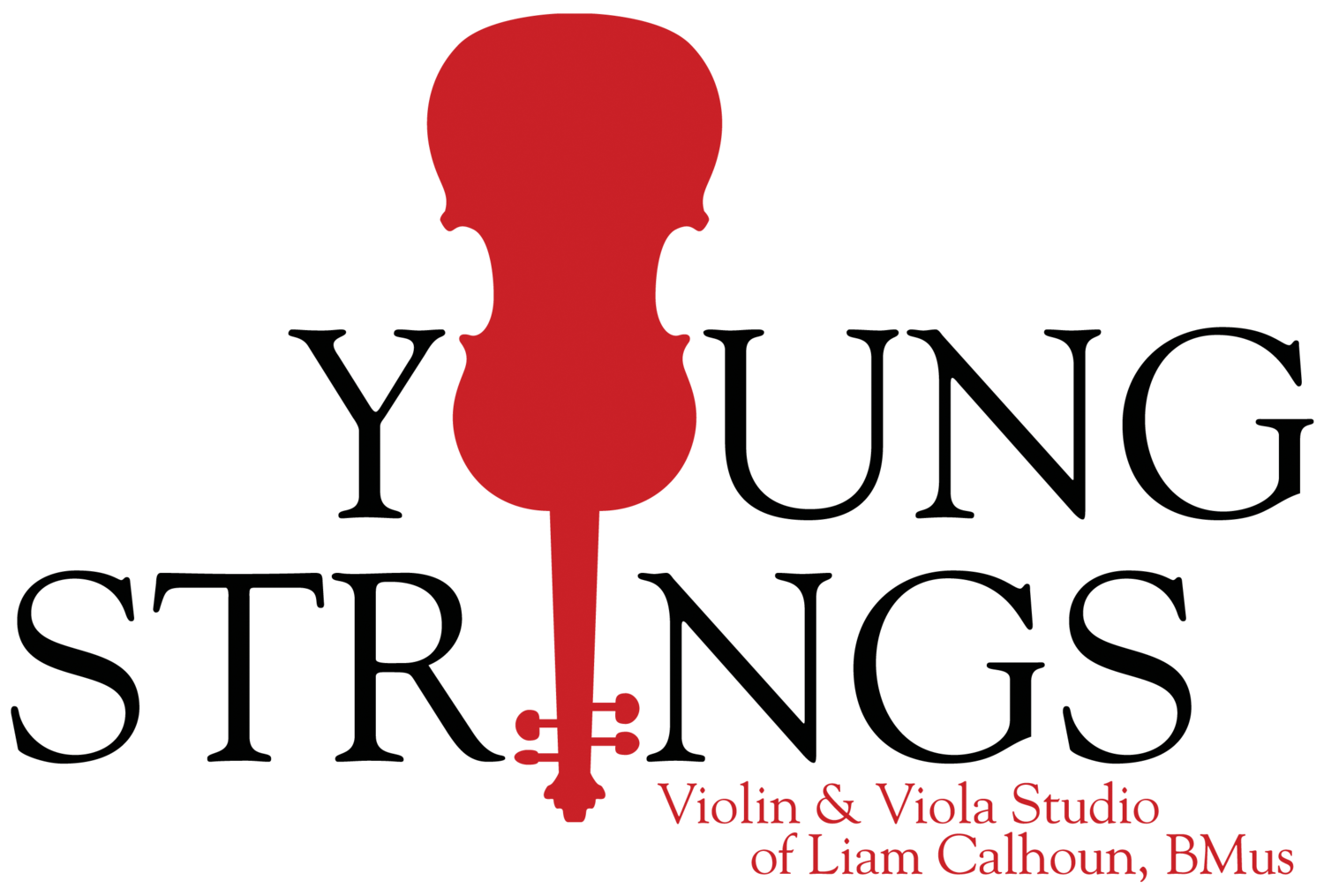Reading Skills, Listening Skills
I’ve been thinking a lot lately about improvisation and why it’s such a valuable part of musical education. The main reason that classical musicians tend to neglect these types of skills is that they aren't absolutely necessary in order to excel at playing classical music. The art of performing the music of Bach, Beethoven, or Debussy lies somewhere between playing the notes as they are exactly displayed on the page and at the same time trying to make them come off the page with one’s own artistic interpretation. However, this never means inserting extra notes or changing rhythms!
Even though Bach's Prelude to Cello Suite no. 1 is a bit of a wall of sixteenth notes, one must still adhere to the printed rhythm.
Improvisation and creativity versus strictly adhering to notes on the page and having technical excellence are always the two sides of the coin in music, but both are very important to being a fine musician. Let’s explore a advantages that aural skills and “playing by ear” has, and compare this to being able to play music by being more technical and note-reading based.
Jimi Hendrix is an example of a highly innovative and creative musician who couldn't read a single note!
Sight-reading, rhythmic precision, and “reading music”:
Although perhaps reading notes and accurately following rhythms is most closely tied to classical music, having a knowledge of how rhythms should line up and be divided is very useful to stay on beat. Take for instance, a rhythm such as this:
With a sound knowledge of rhythm, it is clear to see that the sixteenth notes you play are just a subdivision of the subsequent dotted eighth rhythm. If you play the second half of the bar while still keeping the steady sixteenth note pulse in your head, it becomes very easy to play an accurate dotted rhythm. This is often more reliable than simply “feeling” the rhythm, and is very important when playing with a section in an orchestra. This is even more applicable if you are a pianist playing two different parts in counterpoint.
It's no wonder that the most important thing about playing in orchestra is rhythmic accuracy!
Before the advent of recording music, the only choice for musicians to write down their ideas was on paper. It can also be very useful to jot down ideas using notation on a staff using rhythm symbols, and many composers work this way.
Listening, listening, and listening! Playing “by ear”:
Okay, so listening is definitely more important than getting too technical with reading notes. We do listen to music after all, rather than read it. Notes on a page are essentially just a way for the ideas in a composer’s head to be recorded and then recreated by others. This is definitely useful for the actual pitches themselves, knowing what key you are playing in, etc.
However, we don’t actually want to scientifically recreate the notes as written on the page. If you’ve ever listened to a MIDI recording of something – this is all too obvious!
This is a MIDI-sequenced version of Fur Elise, played back by a synthesizer with no dynamics or rhythmic nuance.
Compare the MIDI version to this one recorded by an actual pianist.
In fact, although there a multitude of brilliant concert violinists playing mostly all the same standard repertoire with all the same notes, each offers a unique performance based on their own personal style and artistic interpretation.
For styles of music besides classical, such as jazz, pop, or blues, the types of rhythms used are often quite complex to write down due to their highly syncopated nature. It can actually be very difficult to play them properly without first hearing how they should be played and then feeling it and putting stress in the right places. In these cases, different rhythmic grooves are integral to the style being played. Ask any drummer!
A highly syncopated rhythm such is much easier to learn by ear than by deciphering the many ties and accents
Perhaps most importantly, more experience with improvisation and composition is very beneficial for interpreting existing pieces written by others. It is easy to blindly follow written notes as a performer, but when thinking more in terms of musical phrases as how a composer would, one starts to discover the intention of the music. What is happening in the music? What is the role of this section in the overall piece? What note is leading to where? Such questions help the performer organically discover how they may want to interpret, rather than someone telling them what note is the climax of the phrase, or just simply blindly following a crescendo marking.
Although it is very important to always practice technical excellence, a lot of what is involved in having a great musical sense is based on listening. This always comes along naturally as young students gain more facility on the instrument, but there are proactive ways to develop one’s ear. Transcription (or even rhythmic transcription on one note) of a favourite piece or song is great. Improvisation can be even better, and combined with imitation of a certain style is a powerful tool. This will take much trial and error, but remember – the master has simply tried more times than the student has failed!





